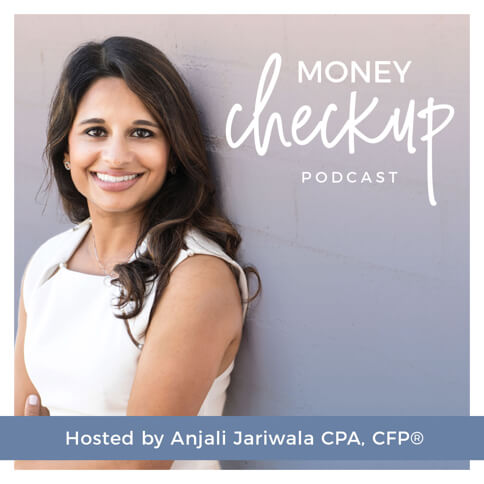Leasing rather than buying a car has gotten more and more popular over the last decade. In 2016 and 2017, 31% of new car sales were to lessors, not individuals. But it’s also gotten much more expensive, especially when it comes to sedans and non-luxury vehicles.
When you lease a vehicle, a dealership or leasing company owns the car and rents it to you for a set period of time, typically three years. Most leases include the option to buy the car when three years is up.
A car lease allows you to drive a new car every two to three years. A lease can provide an opportunity to try out a new type of vehicle that may or may not be a fit for your family. And drivers who lease don’t have to deal with the maintenance problems older cars face.
However, leasing is often more expensive in the long run than buying. Leases require the lessee to cover the cost of depreciation, which is most significant in the first few years of a car’s life. Leases limit the number of miles you can drive and require good credit. They’re difficult to cancel prematurely. And in exchange for the convenience of a car lease, lessees pay a number of hidden fees.
How a car lease payment works
The depreciation fee
A vehicle is the classic example of a depreciating asset. On the day it is purchased, its value is as high as it will ever be, with a handful of exceptions for classic and historic cars. Most cars lose 20% to 30% of their value during their first year. By their fifth year, they’ve lost 60% of their initial retail value.
When a leasing company buys a car, they can lease it for its first three years. But the car they get back at the end of the lease may only be worth half of what they paid. To counter this, lessors build in depreciation fees.
The depreciation fee is the difference between the purchase price and the residual value — or the estimated value of the vehicle at the end of the lease — divided up over the term of the lease. For example, if you lease a $50,000 car and the lessor predicts that it will be worth $30,000 after three years, you would spend $555 per month to cover the $20,000 in depreciation.
The finance fee
Finance fees are similar to interest rates. This is the amount the dealership or leasing company is charging you on top of the depreciation fee and other associated fees. Often the finance fee is not disclosed, so make sure to ask about it as you shop.
The finance fee is usually expressed as a “money factor.” This can be a confusing number, because it is expressed as a percentage. For example, your car lease documents may list a money factor of 0.0028.
To find out your interest rate, multiply the money factor by 2,400. In this case, the interest rate would be 6.72%.
To find out how much of your monthly payment will be interest, add the vehicle’s purchase price to its predicted residual value and then multiply that by the money factor. In the case of our $50,000 car: $50,000 + $30,000 = $80,000. $80,000 x 0.0028 = $224 per month, which is the finance fee.
Both the depreciation fee and the finance fee are based on the negotiated price of the car, not the manufacturer’s suggested retail price. If you can negotiate the price down, your car lease payment will be lower.
Other fees
Car lease payments also include acquisition fees, which are the fees the dealership charges to set up the lease. These are typically added to the price of the vehicle and rolled into your monthly payment. Disposition fees, which fund the dealership or leasing company’s disposal of the vehicle after your lease ends, are typically waived if you end up purchasing the vehicle.
Some lessors ask for a down payment, which acts as a security deposit. If the car is totaled or stolen, however, you probably can’t get the down payment back.
Finally, most leases include documentation fees and a variety of state and local fees. Dealerships or leasing companies and local governments set these fees, so they are typically non-negotiable.
When does leasing make sense?
If you own your own business and use your car in your work, you can write off some or most of your vehicle spending — including lease payments and repair costs — on your taxes. At the same time, leases limit the number of miles you can drive without a penalty. If your business requires a significant amount of driving, a lease may be prohibitively expensive.
Talk to a CPA about your tax options and whether a car lease is a good fit for you. If so, start shopping.
How to shop for a car lease
Start your search with online research. On vehicle blogs like Edmunds.com, people share information about the money factors and residual values they received on cars similar to the ones you’re interested in. Lease costs often vary by geography, so you may even be able to find information about cars in your region.
Next, make sure you understand how your lease payment will work. Decide what you want to spend monthly on your vehicle, and work backwards to find out what types of vehicles are in your price range.
When you go to the dealership, ask for details of your lease agreement, especially the details of each fee they charge. Many of these details are up for negotiation. If you think the purchase price, residual value, money factor, or down payment are unreasonable, tell your leasing agent. Even a small change to those numbers will add up over the life of the lease.




